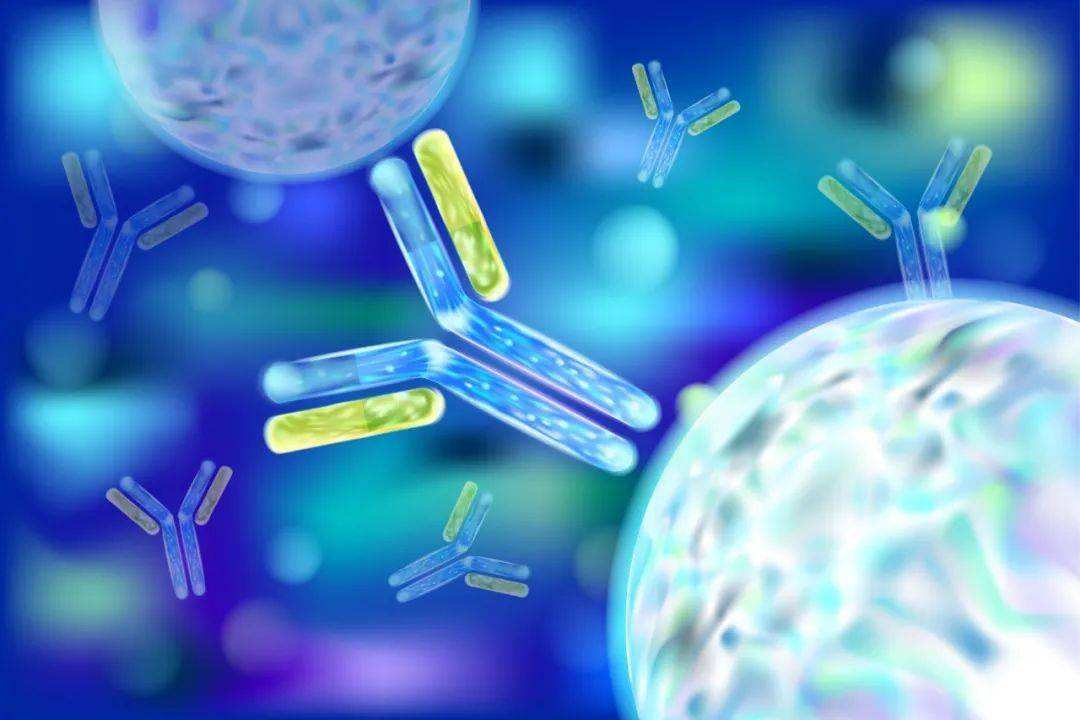The physicochemical properties of toxins directly affect the ability of ADCs to kill target cells. Therefore, ADC cytotoxins usually have the following characteristics:
(1) The mechanism of action is clear, and it is not easily degraded in cells. Based on the mechanism of action of ADC, the ideal molecular target of toxin is mainly located in the cell, so the toxin cannot be degraded and inactivated in the intracellular biochemical environment after it is released into the cell.
(2) The cytotoxicity of the toxin is high enough. Because the uptake of toxins by tumor sites is usually very low, the toxin molecules need to be effective in killing tumor cells even at lower tissue concentrations.
(3) The drug structure can be modified so that it can be attached to the antibody.
(4) Short half-life: reduce the toxic and side effects caused by accidental shedding from ADC during blood circulation.
(5) Strong hydrophobicity and strong membrane permeability (not necessary): after intracellular release, toxins with this feature can penetrate the cell membrane to exert a bystander effect and kill cells with low expression of surrounding antigens.
According to different mechanisms of action, ADC toxins are divided into six categories.
Among them, tubulin inhibitors (represented by MMAE) are the most mature in application, and DNA topoisomerase Ӏ inhibitors (represented by DXd) are the most promising.
Among the 14 ADC drugs that have been marketed, 7 drugs use tubulin inhibitors, accounting for 50%. The two ADCs with the largest sales in history, Kadcyla and Adcetris, both use tubulin inhibitors as toxins; among them, MMAE is the most mature tubulin inhibitor, and the ADCs with MMAE as toxins account for 36% of the total number of listings.
DNA topoisomerase Ӏ inhibitor is a representative of a new generation of toxin molecules. It has a killing effect on non-dividing cancer cells and can kill cancer cells that are resistant to classic tubulin inhibitors (paclitaxel, etc.). An ADC using this toxin was launched, among which Daiichi Sankyo used the exclusively developed DXd toxin to create a DXd ADC technology platform, and developed the “strongest ADC” Enhertu and multiple ADC clinical pipelines.
Among the other three new toxins, ADP/elongation factor 2 inhibitors and near-infrared photosensitizers have been marketed, proving the clinical feasibility of the new ADC toxins; RNA polymerase II inhibitors have not yet been marketed.









